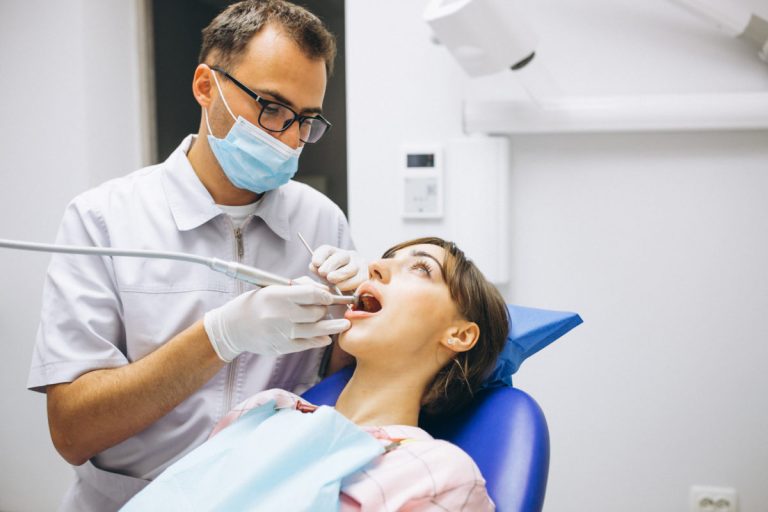Water, soaps and detergents are the most used products for simple healthcare cleaning services near me in Salt Lake City. The best technique is the wet sweep. Surfaces should not be swept dry because microorganisms are dispersed. For normal surfaces it will be sufficient to use soap or detergent.
It is also recommended to use standardized cleaning and disinfection products and to follow the manufacturer’s instructions. There are several types of disinfectants, among them one should find those of high, medium and low level. Almost all are mixed with a percentage of water. And after use, you have to rinse and dry the surfaces.
Types of disinfectants in disinfection of equipment and surfaces
Hydrogen peroxide: used to sterilize sanitary material or wounds.
Alcohol: it is one of the main disinfectants used in cleaning hospitals and clinics. It serves both for surfaces and equipment, objects or skin. Eliminates bacteria, fungi, viruses, but not spores. It is also used on the skin or sanitary material.
Phenolic compounds: They are very toxic and environmental pollutants and therefore less and less are used. They destroy all kinds of bacteria but not spores. Its use is for surfaces.
Compounds that release active chlorine: among them we have the inorganic ones, for example sodium, calcium or lithium hypochlorite, and the organic ones, like DCCA and TCCA. Both types kill bacteria and spores and are used to decontaminate surfaces. Inorganics are corrosive to metals and can cause eye inflammation.
Ammonium compounds: Quaternary ammonium kills some bacteria and viruses, but does not kill spores. It can disinfect medical instruments. They are little corrosive and little toxic. They are used for surfaces.
Potassium monopersulfate: acts on organic matter but is not corrosive to metals. Serves for surfaces. Any hospital cleaning company takes into account the different types of surfaces. According to them, some techniques or others must be applied.
Wet sweep for surfaces without organic matter
On surfaces without organic matter, remove excess dust with water, lather with soap or detergent and finally rinse with water and dry. Wet sweeping is the most widely used technique. Also, the use of the mop, cleaning cloths and cleaning trolleys, as well as vacuum cleaners for dust or liquids.









